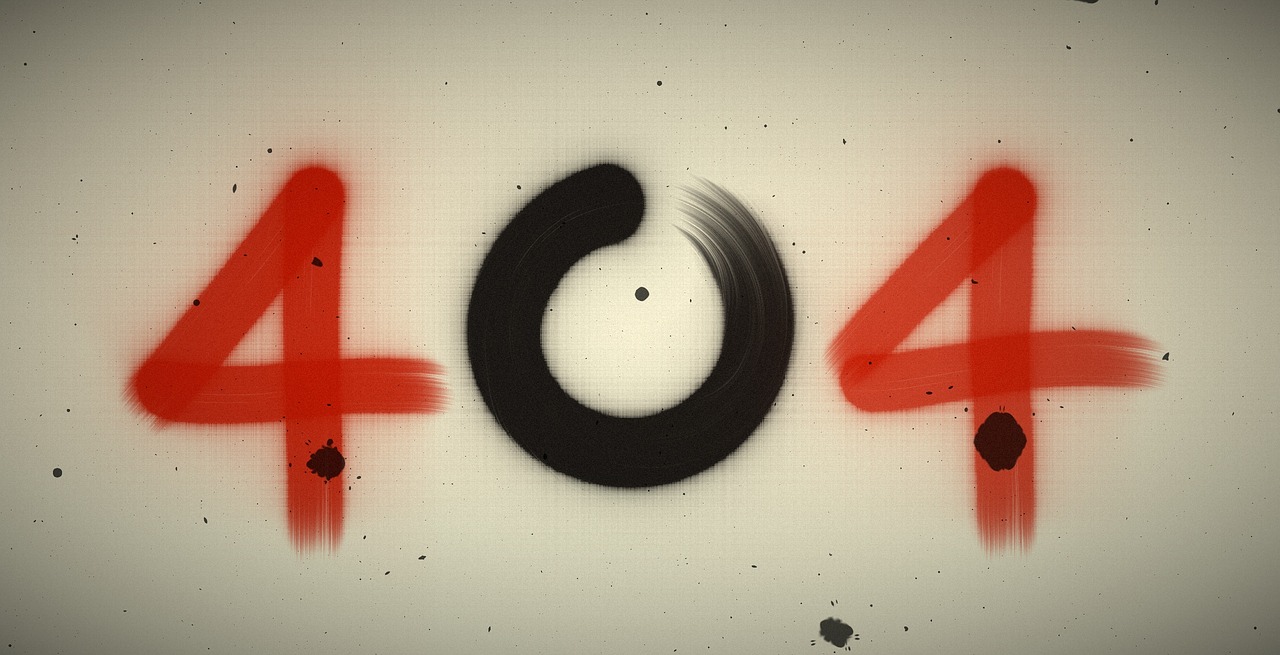Introducing a Historically Significant Samurai Armor Set from the Takamatsu Domain
We are pleased to present an authentic samurai armor set believed to have belonged to Ayatake Taro, a retainer of the Takamatsu Domain. References to this individual appear in Meiji-era historical records, suggesting he was active during the late Edo period. The finely wrought metalwork on the helmet’s rim indicates that Ayatake Taro may have been a high-ranking samurai. His name also appears as the compiler of a genealogical reference titled “Sanuki no Kuni Aya-shi Kakei,” published around Meiji 8 (1875).
This armor set (adult size) includes a partially damaged storage chest. Although the lid is broken, it can still be used for display with careful placement, as shown in the accompanying photographs. I’m including the storage chest, wooden armor stand, wooden identification tag, and bamboo wrapping to emphasize their historical importance. This approach maintains professional tone and consistency throughout. Due to its age, there are areas of wear or damage that may not be fully visible in photographs. We plan to ship the helmet and armor stand separately in a secure box, while the rest will be shipped in the original chest for preservation.
This remarkable set includes its original kabuto (helmet), menpō (face armor), and a distinctive crest, collectively showcasing the refined craftsmanship of Japan’s Edo period. Samurai armor from this era not only served as vital protection in battle but also embodied a warrior’s status, clan identity, and dedication to aesthetic detail. Through its carefully forged metal plates, expertly tied laces, and preserved crest, this armor offers a unique glimpse into the historical significance and enduring legacy of the samurai tradition.
One of the most striking features of this armor is the gold crest (mon), prominently displayed on the helmet’s side guard (fukigaeshi). During the Edo period, such crests served both practical and symbolic roles—identifying a samurai’s clan affiliation, rank, or lineage, while also reflecting individual pride and artistic sensibility. The precise craftsmanship evident here, from the intricate metalwork to the finely applied lacquer, highlights the high level of skill possessed by artisans of the time. This crest not only enhances the visual appeal of the kabuto, but also underscores the armor’s historical significance and the importance placed on personal and familial identity in the samurai tradition.
























No comments